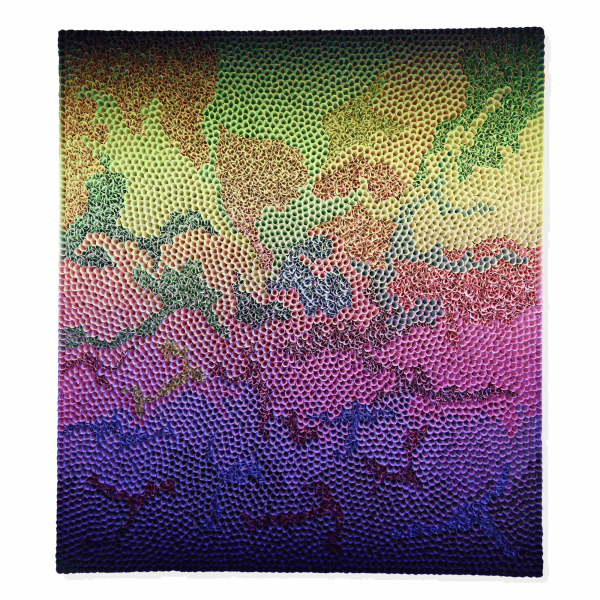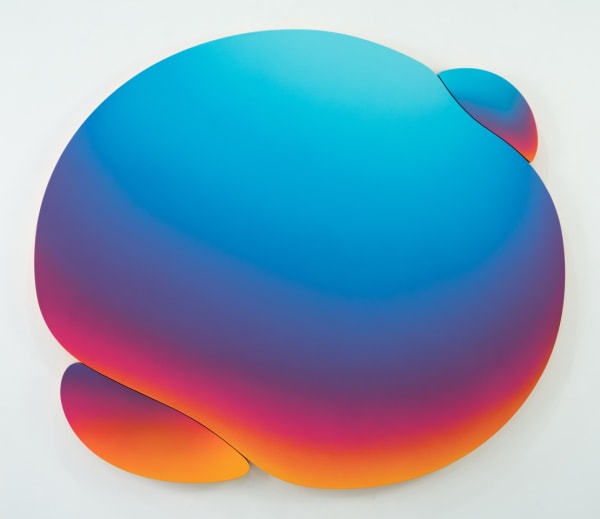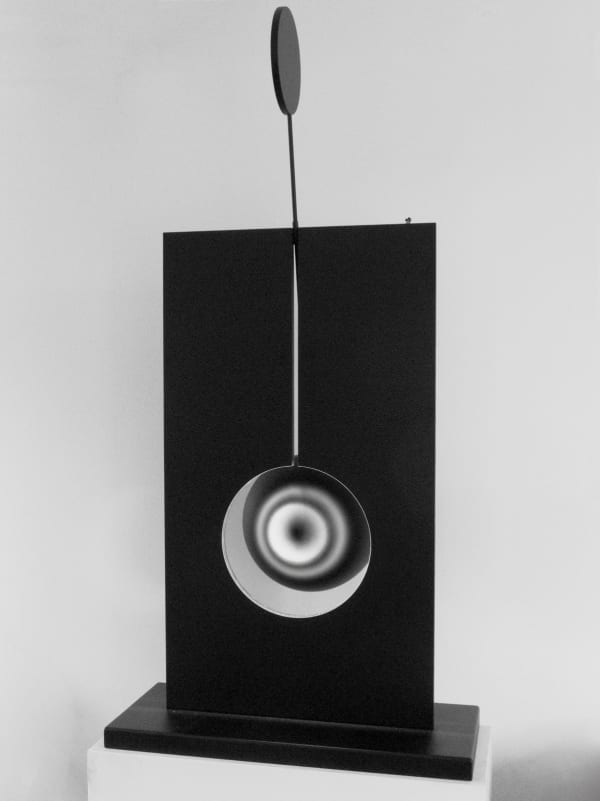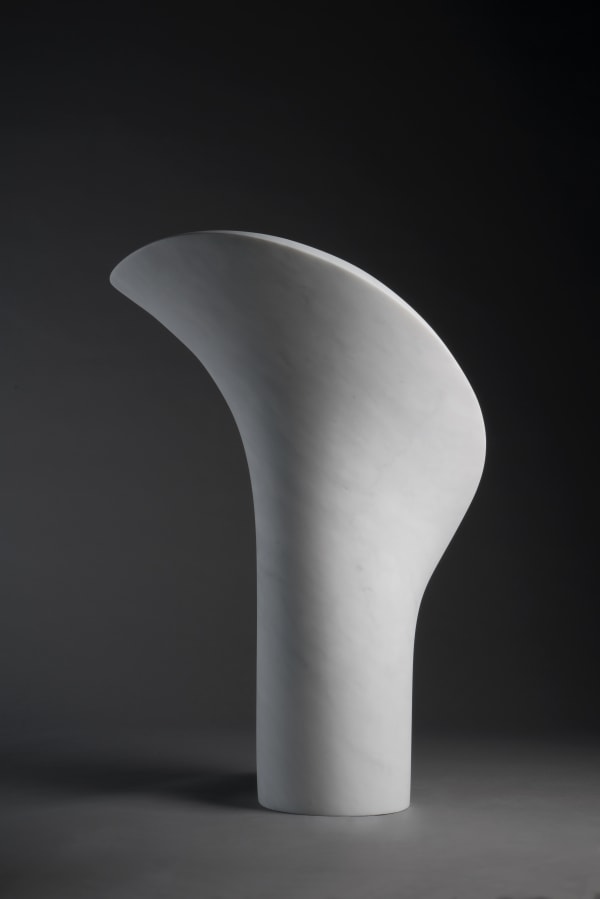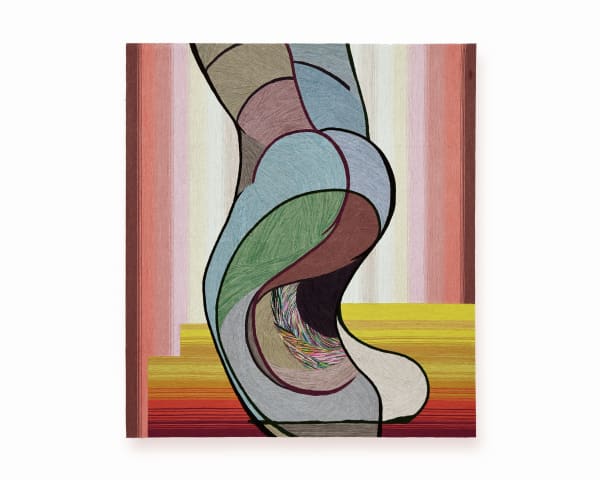-
-

Ilhwa Kim
SOUTH KOREAIlhwa Kim (b. 1967 in South Korea) creates works that are composed of tens of thousands of seed units. Each seed unit has a combination of straight lines and circles,... -

Sougwen Chung
CanadaSougwen 愫君 Chung is a Chinese-Canadian artist and researcher, and is the founder and artistic director of Scilicet, a London-based studio exploring human & non-human collaboration. Chung is a former... -

Zheng Lu
ChinaZheng Lu (born 1978 in Inner Mongolia, China) works and lives in Beijing. Zheng Lu studied at Lu Xun Fine art Academy from 1998-2003 and then at the prestigious Central... -

Vladinsky
RomaniaVladinsky was born in July, 1988, in the city of Onesti, a city located in the Moldovan area of Romania. From the first years of school he was fascinated by... -

Joseph Klibansky
NETHERLANDSJoseph Klibansky (b. 1984 in Cape Town) is a Dutch artist based in Amsterdam, Netherlands. His work examines the relationship between a thing and its essence, between what we see... -

Zhuang Hong Yi
CHINABorn in 1962 in Sichuan Province, China, Zhuang Hong Yi lives and works between The Netherlands & Beijing. Zhuang's well known and highly collected 'flower bed' works are crafted from... -

Jan Kaláb
CZECH REPUBLICJan Kaláb became a prominent figure on the urban art scene after emerging from former Eastern Bloc. In the 1990s he established an iconic crew 'DSK', which proved instrumental in... -

Maja Petrić
Lumen Prize-winning artist Petrić masterfully combines art, technology and real-time data to depict nature’s fragility. Her sculptural installation Specimens of Time: Hoh Rain Forest (2025) part of the Specimens of... -

Eser Gündüz
TURKEYEser Gündüz is an emerging artist whose work is focused on researching the concept of historical utopias and relating it to our time, creating work that reacts to the different... -

Camille Hannah
AUSTRALIACamille Hannah’s work predicate a model of painting that is born from within the frame of technology; they are embedded in twenty-first century gestural abstraction while conceptually vested in digital... -

Max Patté
New ZealandAt its core, Max Patté’s practice is an exploration of the infinite qualities of light and how it is expressed in the natural world manifested into physical works in the... -

Anne von Freyburg
NETHERLANDSAnne von Freyburg (b. 1979) is a Dutch artist based in London. She received her MFA from Goldsmiths (2016) and holds a BA in Fashion Design from ArtEZ Arnhem, The... -

Owen McAteer
IrelandOwen McAteer (born 1986) is a Northern Irish visual artist based in Madrid. A generative artist & creative coder his work revolves around algorithms and mathematics to discover the hidden... -

Jason Sims
AUSTRALIAJason Sims is an Australian artist who works in the realm of perceptual art. Using the properties of light and reflection, he creates simple illusions of space in the form... -

Romina Ressia
ARGENTINABorn in 1981 in Argentina, in a small town near Buenos Aires. Her passion for art started at a young age but it was not until her late twenties, after... -

Julian Voss-Andreae
USAJulian Voss-Andreae, a German sculptor based in Portland (Oregon, USA) is widely known for his striking large-scale public and private commissions often blending figurative sculpture with scientific insights into the... -

Gordon Cheung
UK | HONG KONGGordon Cheung is an internationally acclaimed multi-media artist who was born in 1975 in London to Chinese parents. His work is found in major museums including The British Museum in... -

Seungwan Park
South Korea -

Ayobola Kekere-Ekun
Nigeria -

Ryosuke Misawa
Japan -

Mary Ronayne
IRELANDIrish painter Mary Ronayne elevates comedy, wit, and fun to a level of purpose, paving the way for farcical elements like melting faces and candy pop colours to become celebrations... -

Wang Ziling
CHINA -

Hannes Schauer
Austria -

Lyès
FRANCESeduced by the whole existence and the love of the universe, Lyès celebrates the energy of life. Inspired by mindfulness and spirituality, the artist is attracted by reality and our... -

Retna
USA -

Gianfranco Meggiato
ITALYGianfranco Meggiato was born in Venice in 1963, where he attended the Istituto Statale d'Arte art college for five years, studying stone, bronze, wood and ceramic sculpture. At the invitation... -

Angela Santana
Switzerland -

Fabio Viale
Italy -

Igor Dobrowolski
PolandIn the process of discovering myself, I have revealed some strong psychological figures (inner child, feminine side, tyrannical side, contemporary side). I noticed that some paths went entirely differently when... -

Alejandro Monge
Spain -

Dean Fox
UK -

Sophie Victoria
AUSTRALIA -

Gao Xintong
China -

Li Jie
China -

Stefan Stanojevic
Serbia -

Damien Bénéteau
France -

Lucile Gauvain
France -

Katya Zvereva
RUSSIA -

Kostas Papakostas
Greece -

Cynthia Sah
China -

Jade Ching-yuk Ng
China -

Orlanda Broom
United Kingdom -

Hunt Slonem
USA -

Lise Stoufflet
France -

Christian Hiadzi
Ghana -

Dong Li-Blackwell
China -

Mark Posey
USA -

Pan Jian
ChinaInternationally recognised Pan Jian (b. 1976 in Shandong Province, China) has been acquired by major collectors such as Uli Sigg and DSL Collection. Pan Jian conjures up elements from the... -

Sepand Danesh
Iran -

Iryna Maksymova
Ukraine -

Lu Luo
The Chinese artist Lu Luo, married to artist Zhuang Hong Yi, received her artistic training at the Sichuan College of Fine Arts in Chongqin. In 1992 she and her husband...
-
Keep up-to-date with our Programme.
Subscribe to our mailing list to get the latest news on upcoming exhibitions, collaborations and events.
* denotes required fields
We will process the personal data you have supplied in accordance with our privacy policy (available on request). You can unsubscribe or change your preferences at any time by clicking the link in our emails.





